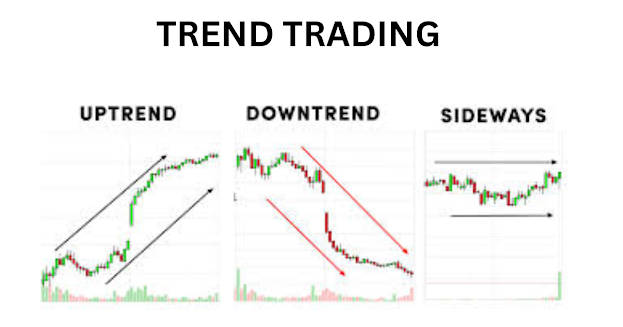Forex Pattern Trading: An Introduction to the Basics
Forex pattern trading is a popular strategy among traders who use technical analysis to predict future price movements in currency pairs. In this article, we will explore the basics of forex pattern trading, including the different types of patterns and how to use them in your trading strategy.
Forex pattern trading is based on the idea that history repeats itself, and that price movements in currency pairs often follow predictable patterns. By identifying these patterns and using them to inform trading decisions, traders can potentially profit from market movements.
There are two main types of forex patterns: continuation patterns and reversal patterns. Continuation patterns indicate that a trend is likely to continue, while reversal patterns indicate that a trend is likely to reverse.
Examples of continuation patterns include the flag pattern, which looks like a flag on a pole and indicates a brief consolidation period before the price continues to move in the same direction, and the pennant pattern, which looks like a triangle and also indicates a brief consolidation period before a continuation of the trend.
Examples of reversal patterns include the head and shoulders pattern, which looks like a head with two shoulders and indicates that a bullish trend is likely to reverse, and the double top pattern, which indicates that a bullish trend is likely to reverse after hitting a resistance level twice.
To use forex pattern trading in your strategy, it is important to first identify patterns on a chart. This can be done using charting software or by manually examining price movements. Once you have identified a pattern, you can then use it to inform your trading decisions, such as entering a trade or setting a stop loss.
It is important to note that forex pattern trading is not foolproof, and patterns do not always lead to the predicted outcome. Therefore, it is essential to use risk management strategies, such as setting stop loss orders, to manage the risks associated with pattern trading.
When using forex pattern trading, it is also important to consider the timeframe being used. Patterns may look different depending on the timeframe, so it is important to identify patterns on the timeframe being used for trading.
Additionally, it is important to keep in mind that patterns may not be visible on all currency pairs or in all market conditions. Therefore, it is important to have a thorough understanding of the market and to use multiple indicators and analysis tools to confirm the presence of a pattern before making a trading decision.
Some traders also use additional tools, such as moving averages and oscillators, to confirm the presence of a pattern and to help identify potential entry and exit points. However, it is important to remember that these tools should be used in conjunction with pattern analysis and not as a standalone strategy.
Finally, it is important to have a clear understanding of the risks associated with forex pattern trading. While patterns can provide valuable insights into market movements, they do not guarantee success and losses can still occur. Therefore, it is important to use sound risk management strategies, such as setting stop losses and controlling leverage, to manage the risks associated with pattern trading.
Conclusion
In conclusion, forex pattern trading is a popular strategy among traders who use technical analysis to predict future price movements in currency pairs. By identifying patterns on a chart and using them to inform trading decisions, traders can potentially profit from market movements. However, it is important to keep in mind the risks associated with pattern trading and to have a thorough understanding of the market, as well as sound risk management strategies, to manage these risks.










